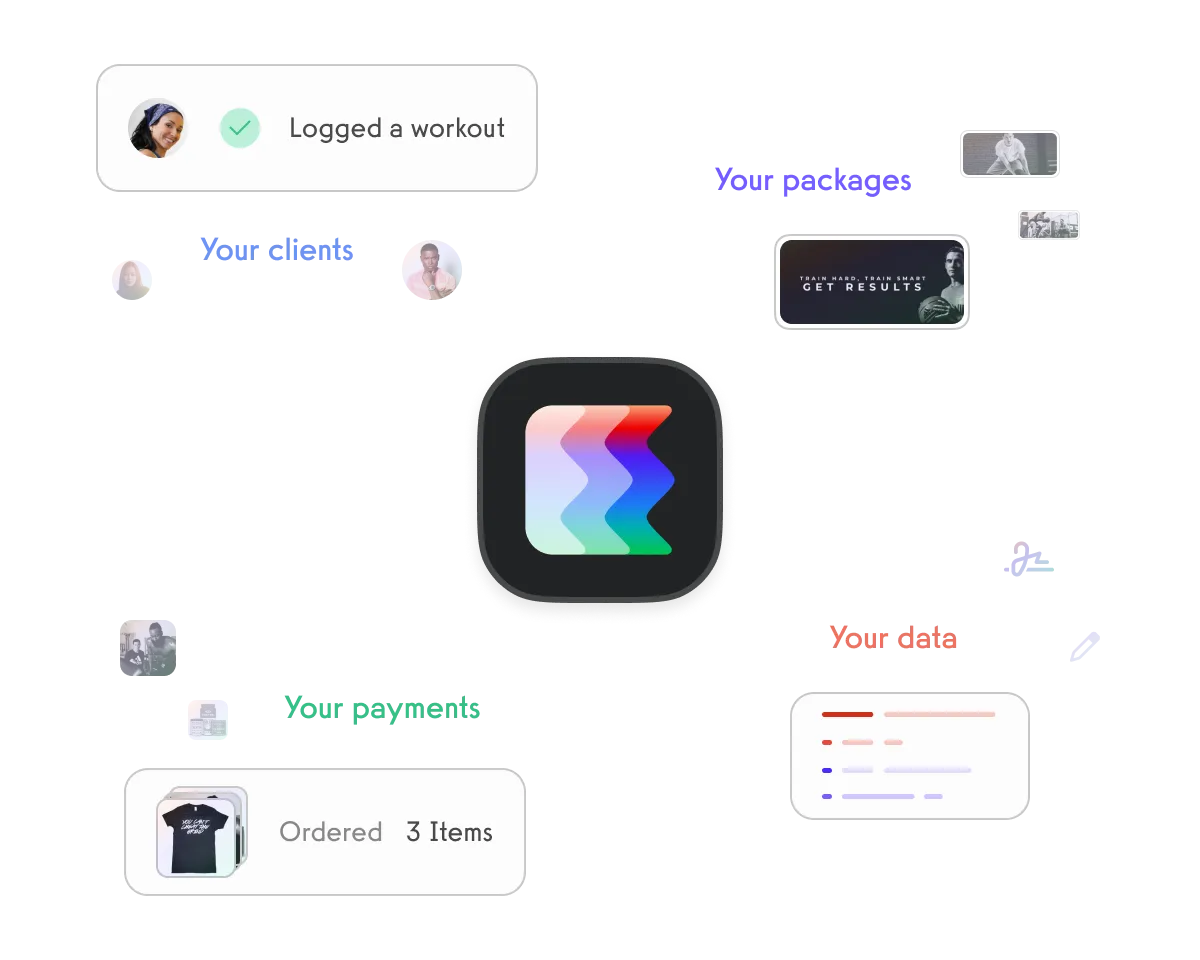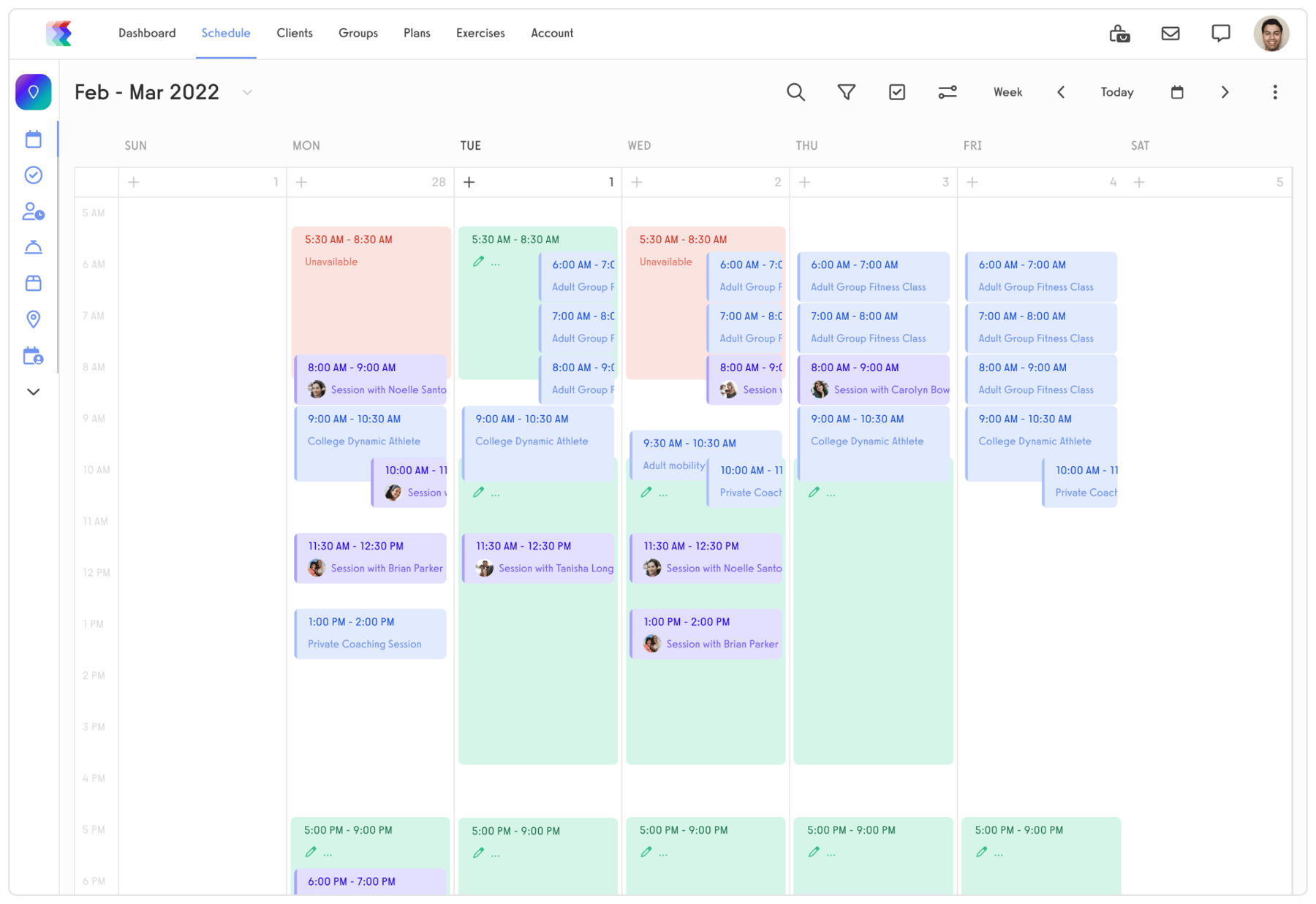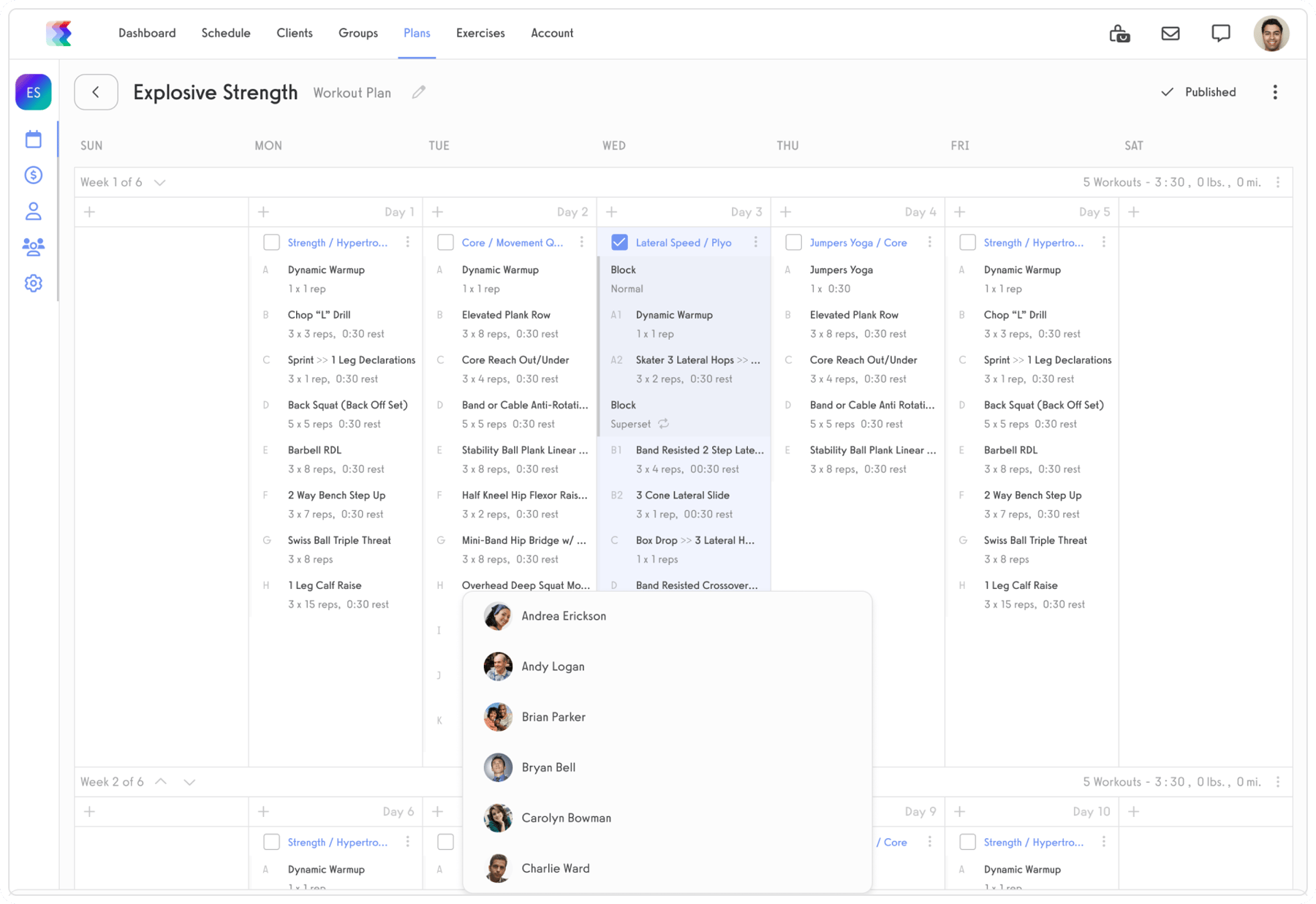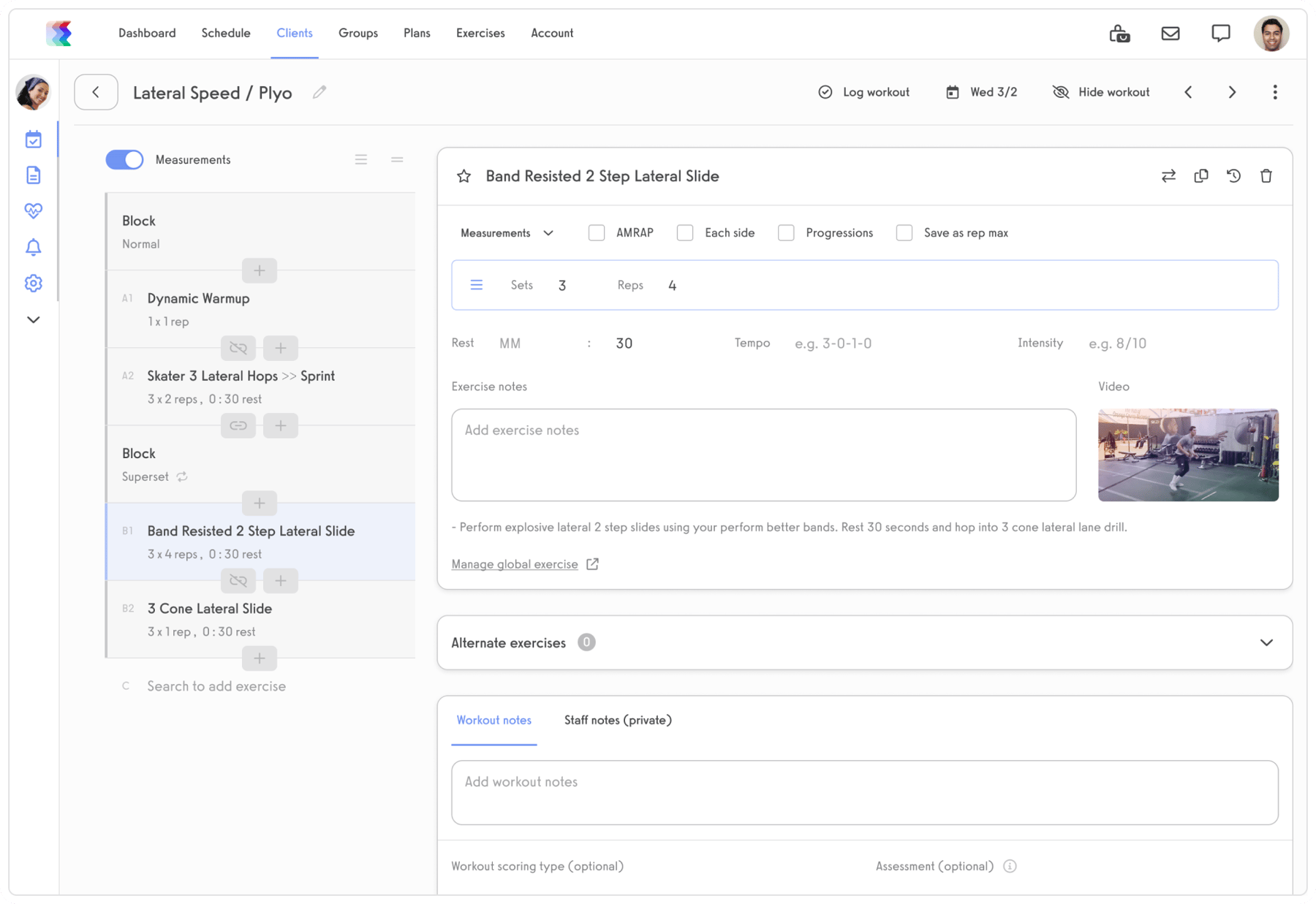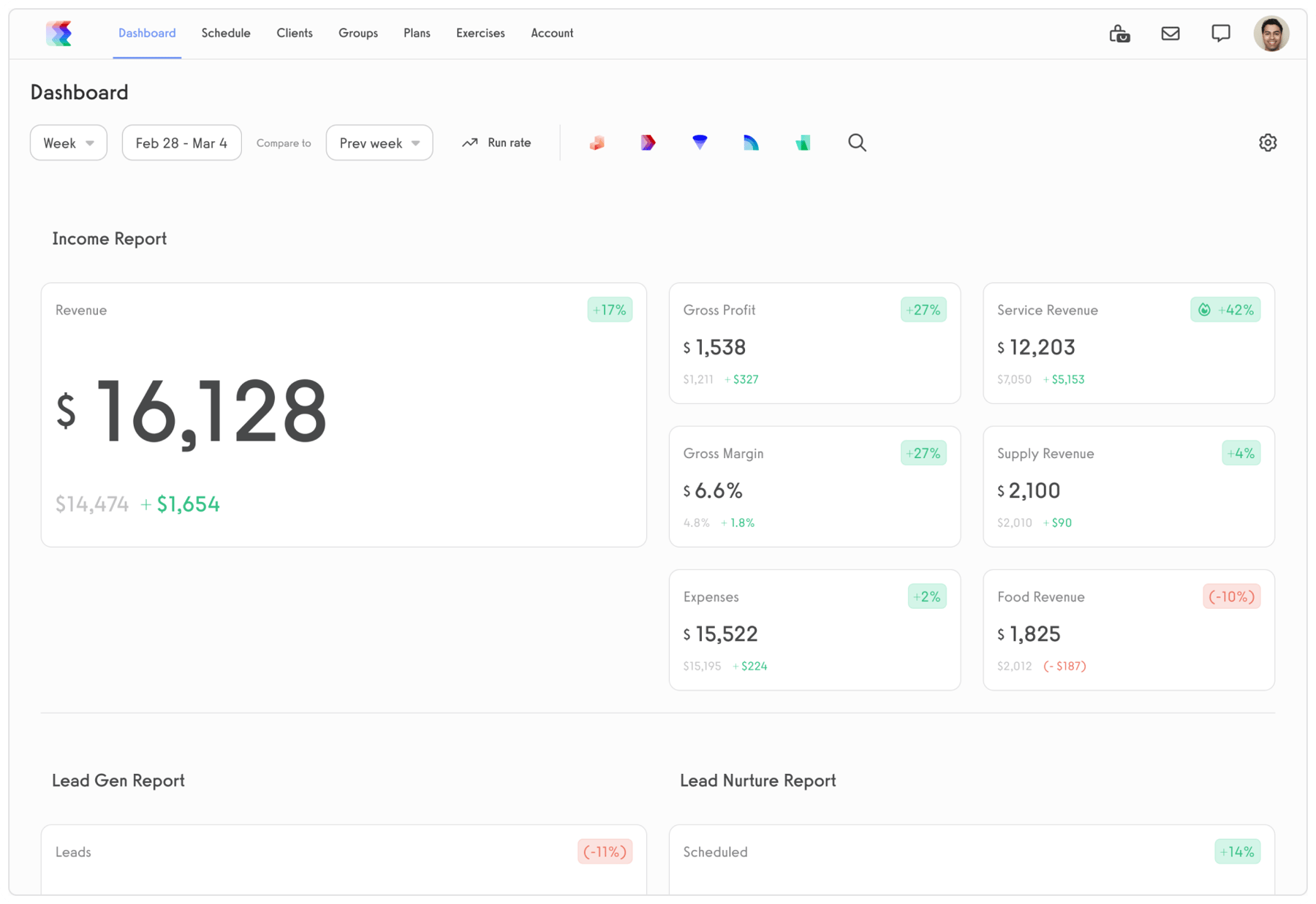Platform
Solutions
Industries
Compare
Resources
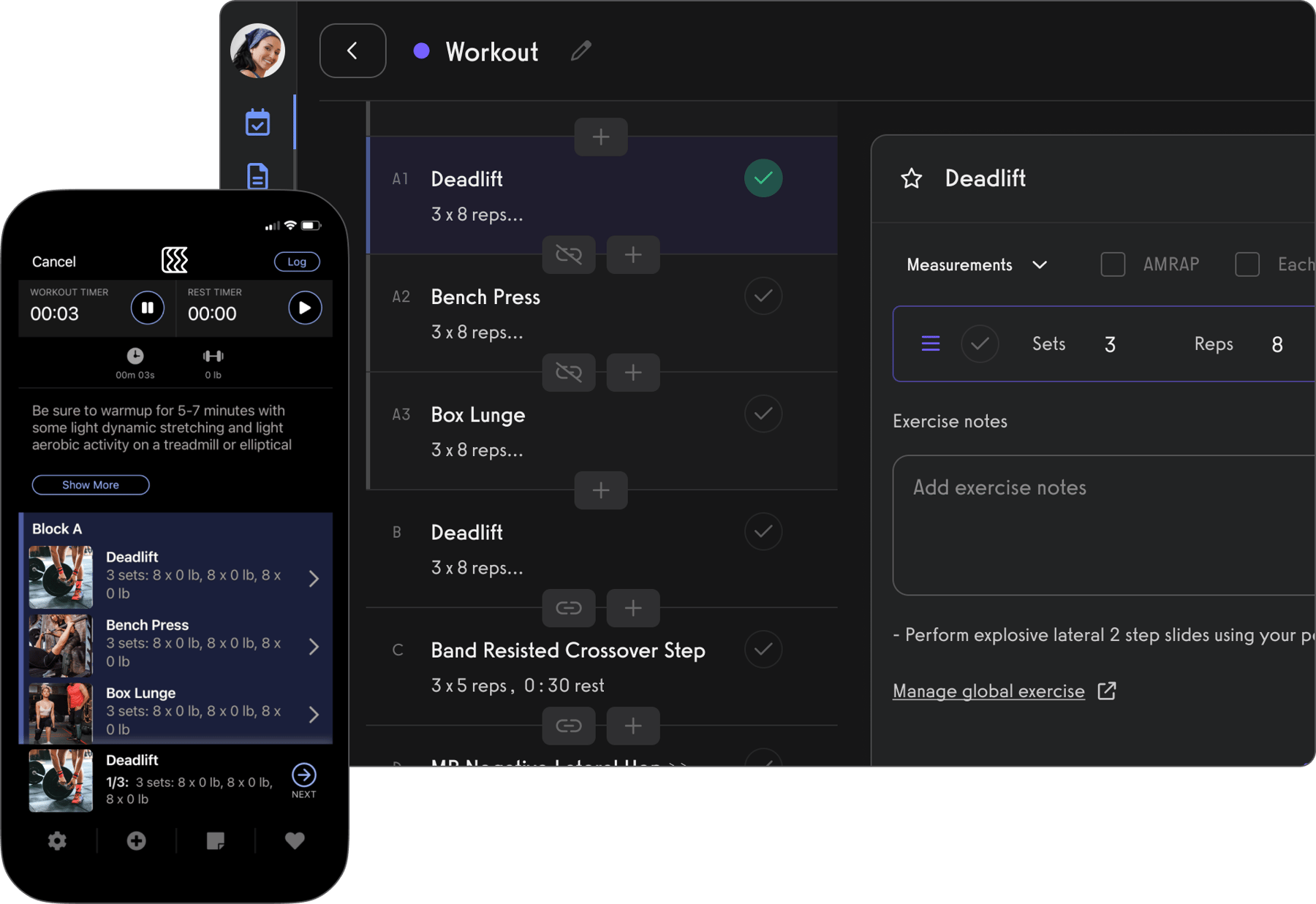

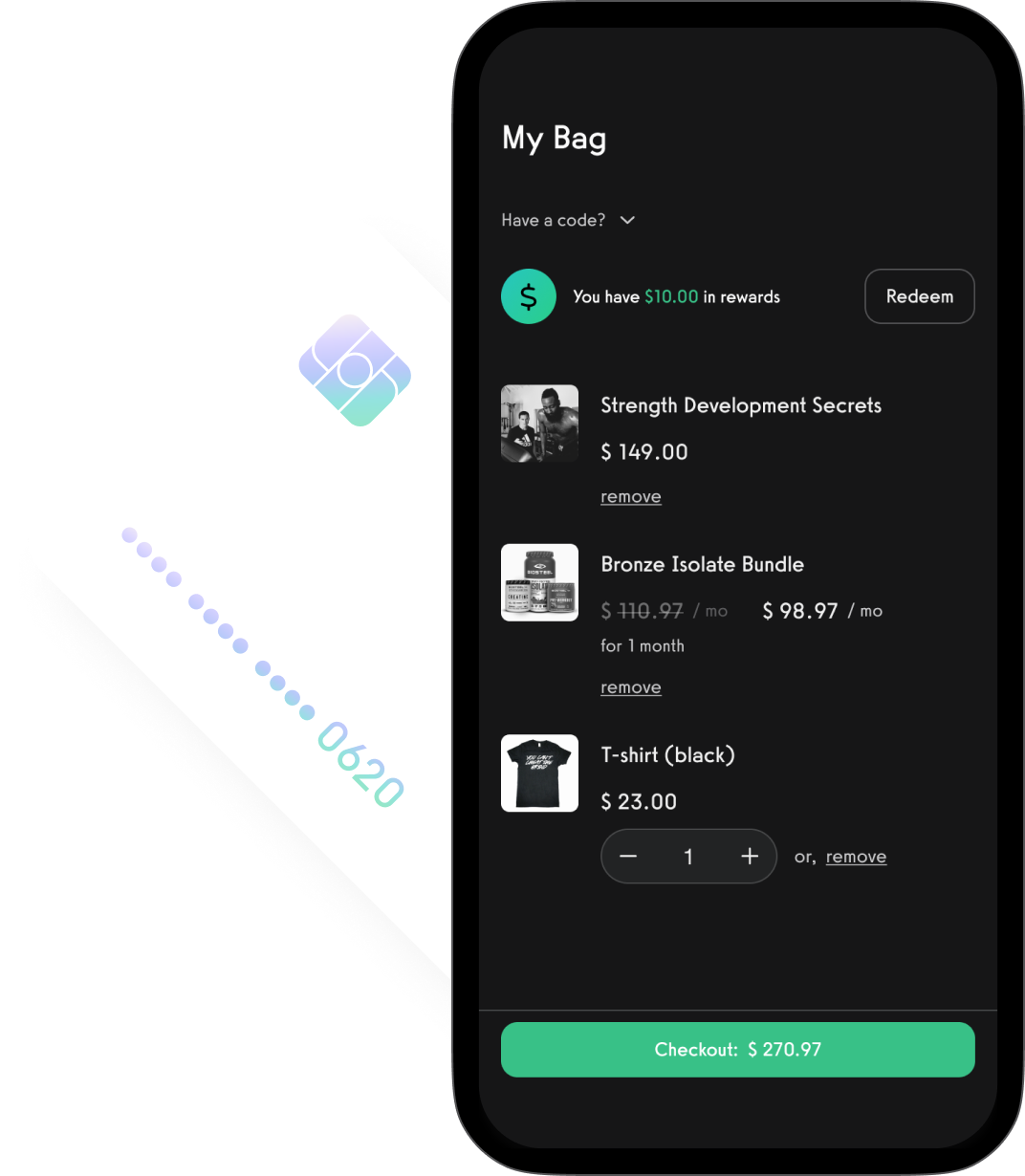
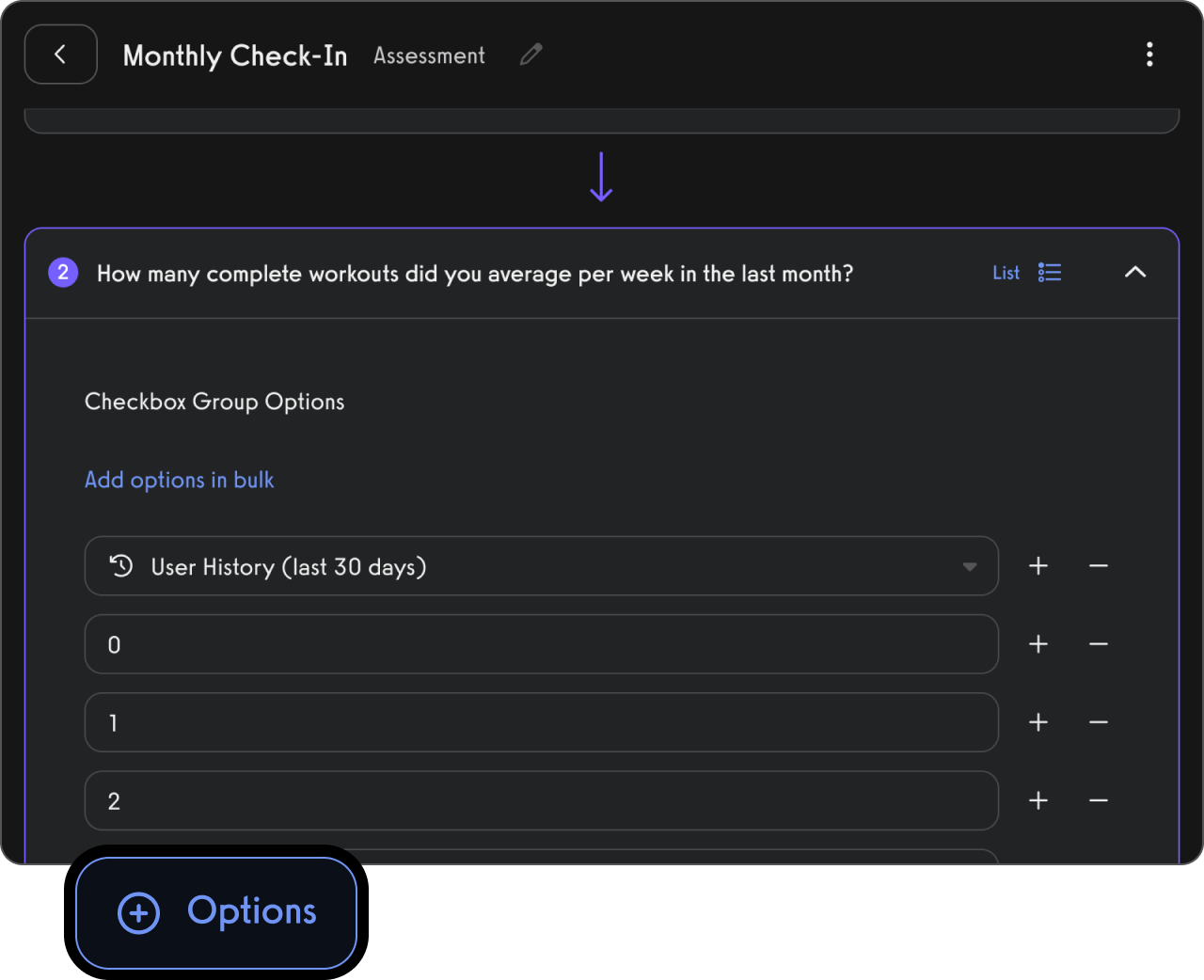

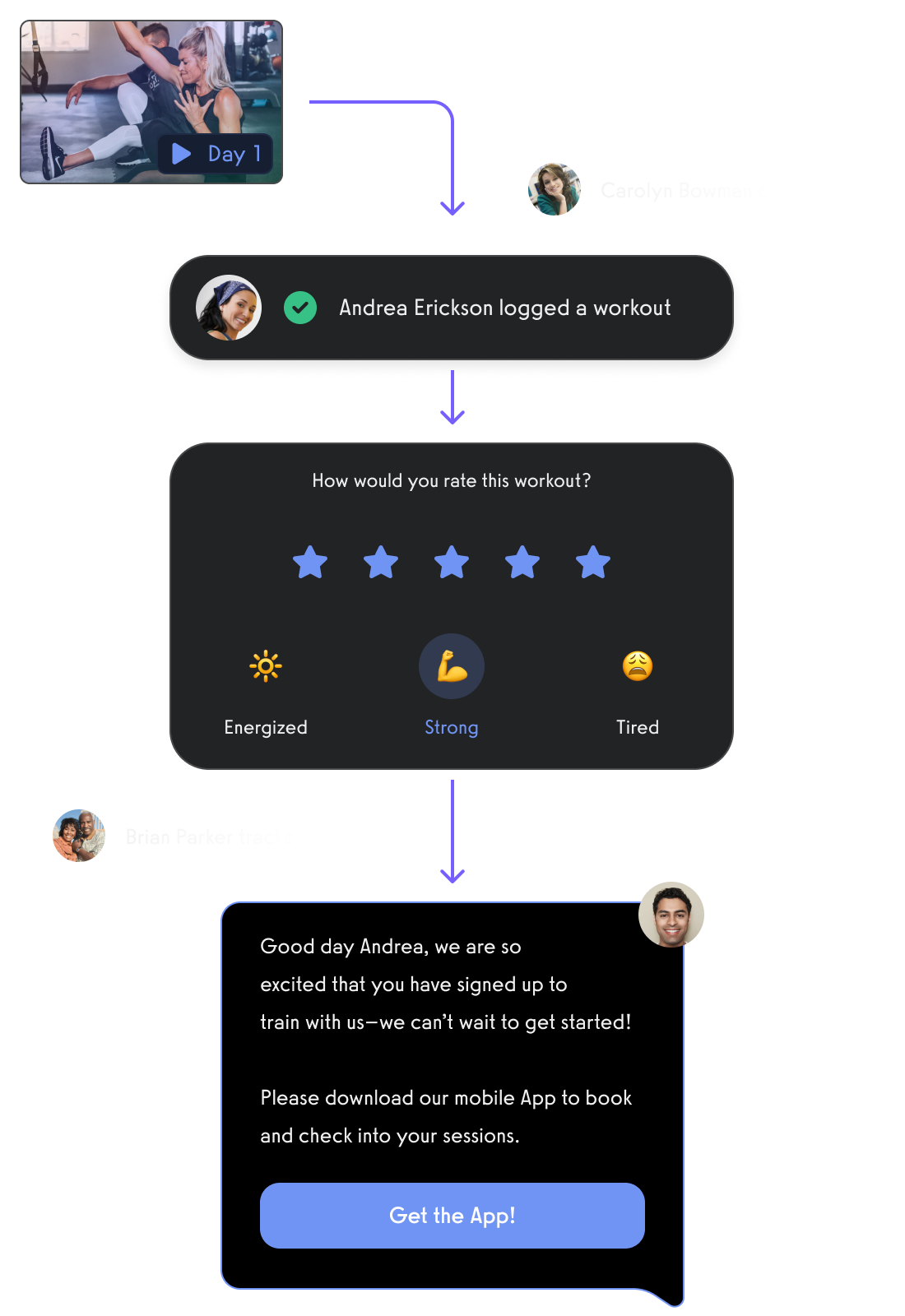
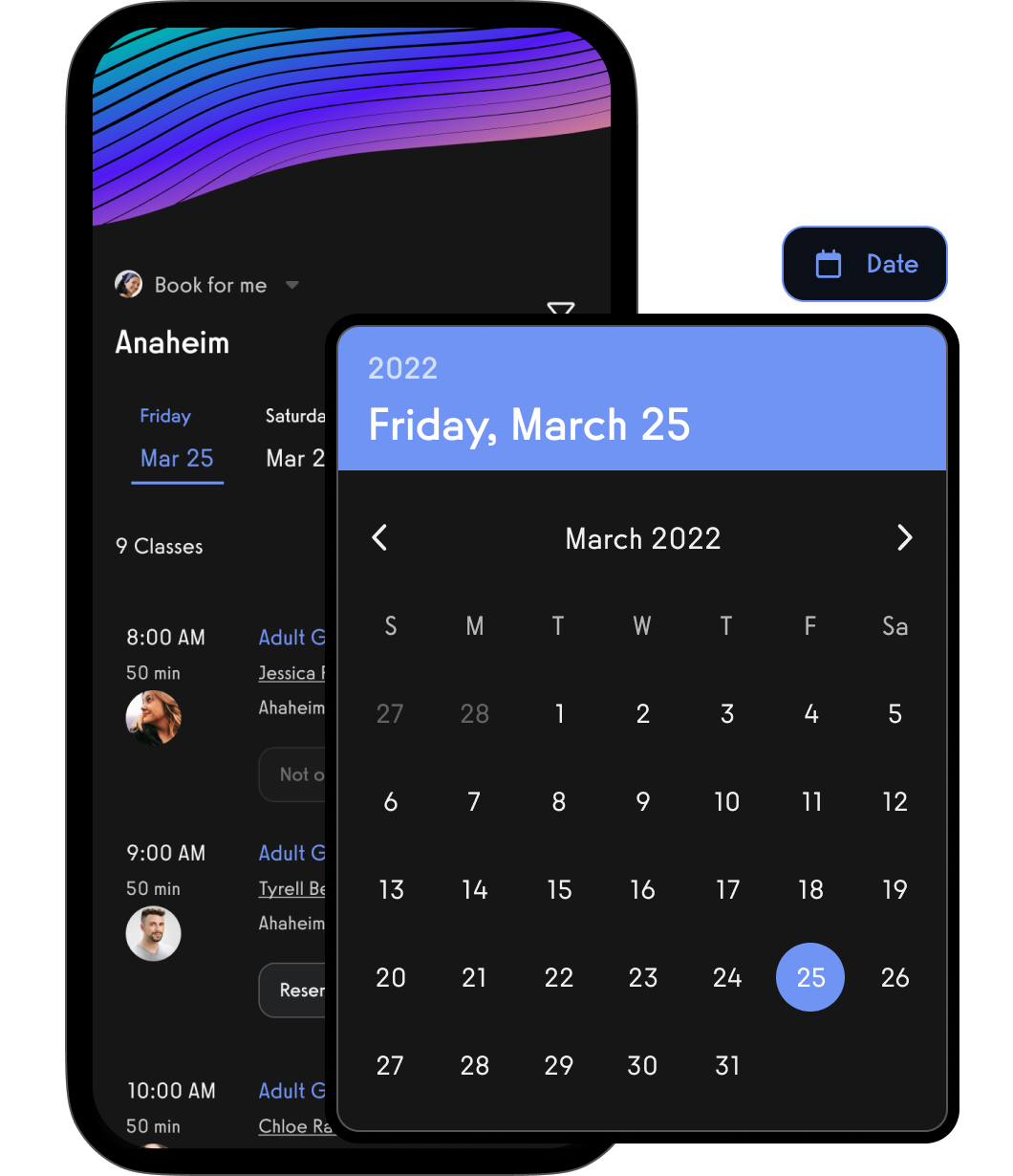

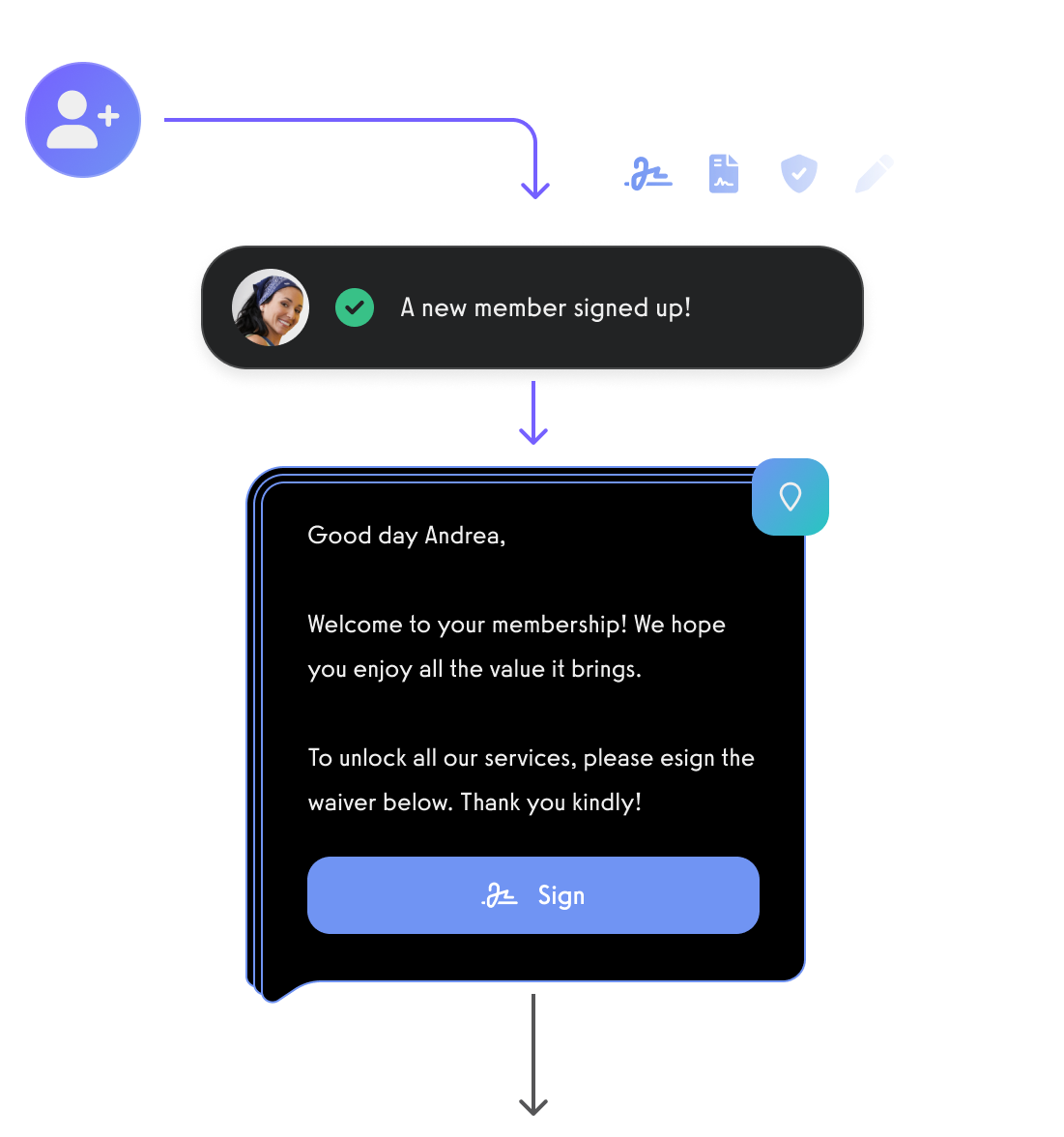
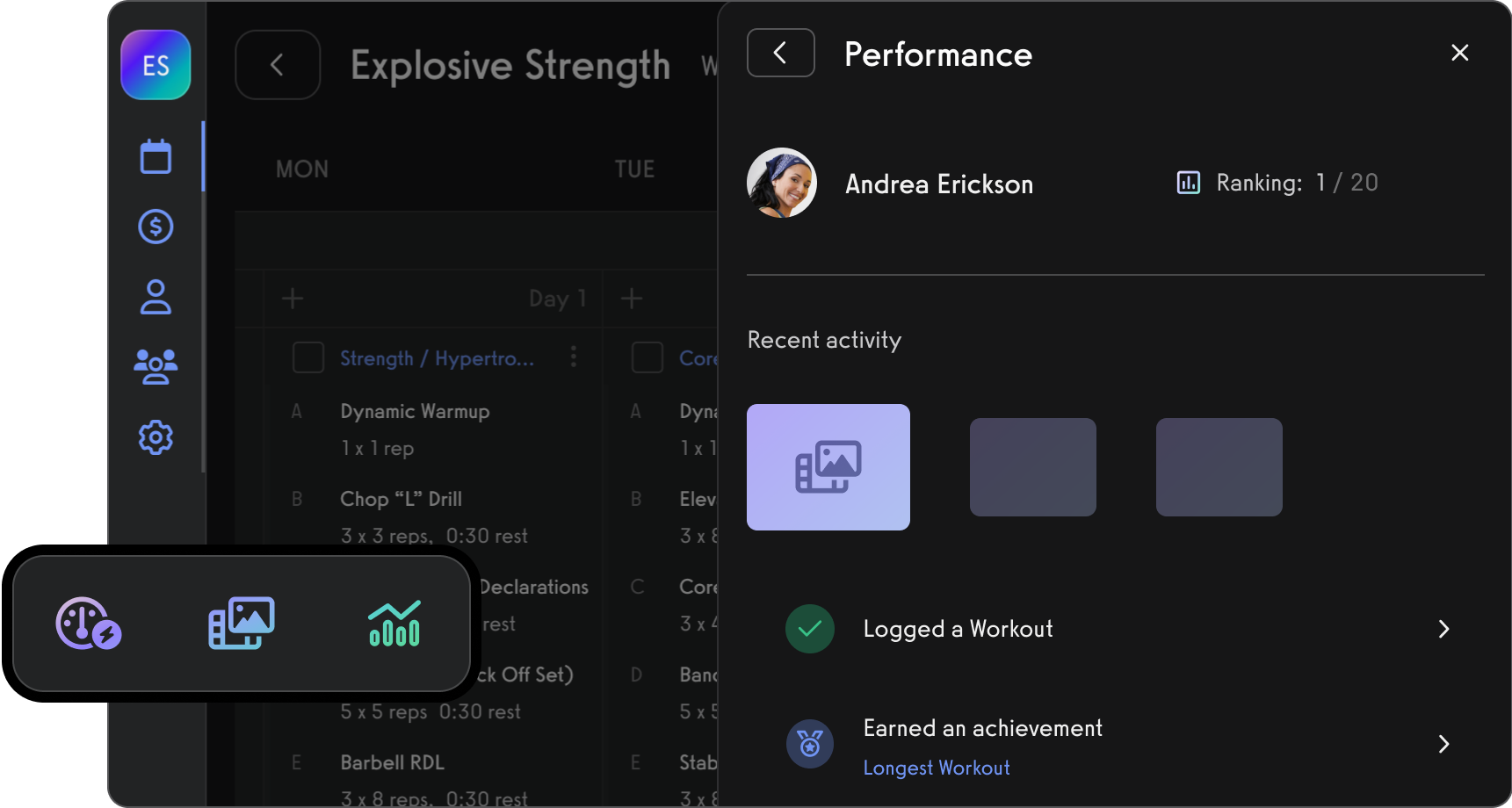
Looking for the best Kilo alternative? Compare Kilo vs Exercise.com to find the all-in-one gym management software that goes beyond landing pages and funnels. From branded apps and workout delivery to CRM, automation, and analytics—see why serious gym owners choose Exercise.com.
Kilo was built by gym owners, for gym owners—with a strong emphasis on lead funnels, landing pages, and conversion-optimized websites. However, it lacks native workout features, performance metrics, branded mobile apps, or robust CRM automations. If you’re looking to scale beyond basic sites and scheduling, Exercise.com is the best gym management software to power your full business.
Let’s explore why.
Kilo excels at top-of-funnel tools like sales pages and basic CRM email journeys, but it hits a wall when gyms need to deliver programming, track client performance, process ecommerce, or launch branded mobile apps. Most users end up piecing together Zapier hacks or third-party tools to fill the gaps.
Exercise.com eliminates the patchwork approach. You get workouts, scheduling, billing, assessments, automation, and analytics—plus a completely branded iOS/Android mobile app—all in one scalable platform with onboarding and expert support.

Kilo is designed around converting leads—not managing members. It’s missing native training delivery, performance dashboards, automation logic, and branded mobile apps. For gyms growing beyond a single studio or bootcamp, Exercise.com offers full control over coaching, sales, retention, and branding—all from one login.
| Company | Description |
|---|---|
| Exercise.com | Comprehensive gym platform with branded apps, workflows, workouts, ecommerce, and analytics. |
| Kilo | Gym owner–built tool with lead funnels, scheduling, billing, and support; limited training tools. |
| Mindbody | Class and appointment scheduling with generic app; weak on workout delivery. |
| Zen Planner | Boutique gym software with billing and scheduling, limited CRM/program features. |
| PushPress | Strength gym management platform with basic scheduling and billing. |
| Glofox | Studio management with ecommerce, but less depth in training analytics. |
Kilo reviews often praise its marketing capabilities and responsive support team. Gym owners like the web templates and lead funnels, but report gaps in member management, training delivery, and client-facing features. Many switch to Exercise.com when they outgrow landing pages and need full business automation.
Kilo pricing starts at several hundred per month depending on features, but lacks a branded mobile app, training delivery, or advanced automations. Exercise.com delivers everything in one platform—with onboarding included.

Kilo is a lead generation and website tool created for gym owners. It offers web design, email automation, and scheduling widgets but lacks core fitness delivery features.
Kilo builds lead funnels, email sequences, and booking pages—but does not support workout tracking, app delivery, or client analytics.
Small gym owners focused on local lead generation and online marketing often start with Kilo, then outgrow it as they scale their business operations.
Kilo pricing varies but typically starts in the $300–$500/month range. Exercise.com consolidates more tools in one subscription with training and app support.
If you only need marketing funnels, Kilo may work. If you want to deliver workouts, manage clients, and grow your brand with your own app—Exercise.com is the better choice.
Exercise.com replaces not just Kilo, but also your workout, scheduling, CRM, and ecommerce tools—with one login, branded apps, and a complete fitness business backend.
No—Kilo’s mobile experience is web portal–based. Exercise.com provides fully branded iOS and Android apps to fortify your brand and member engagement.
